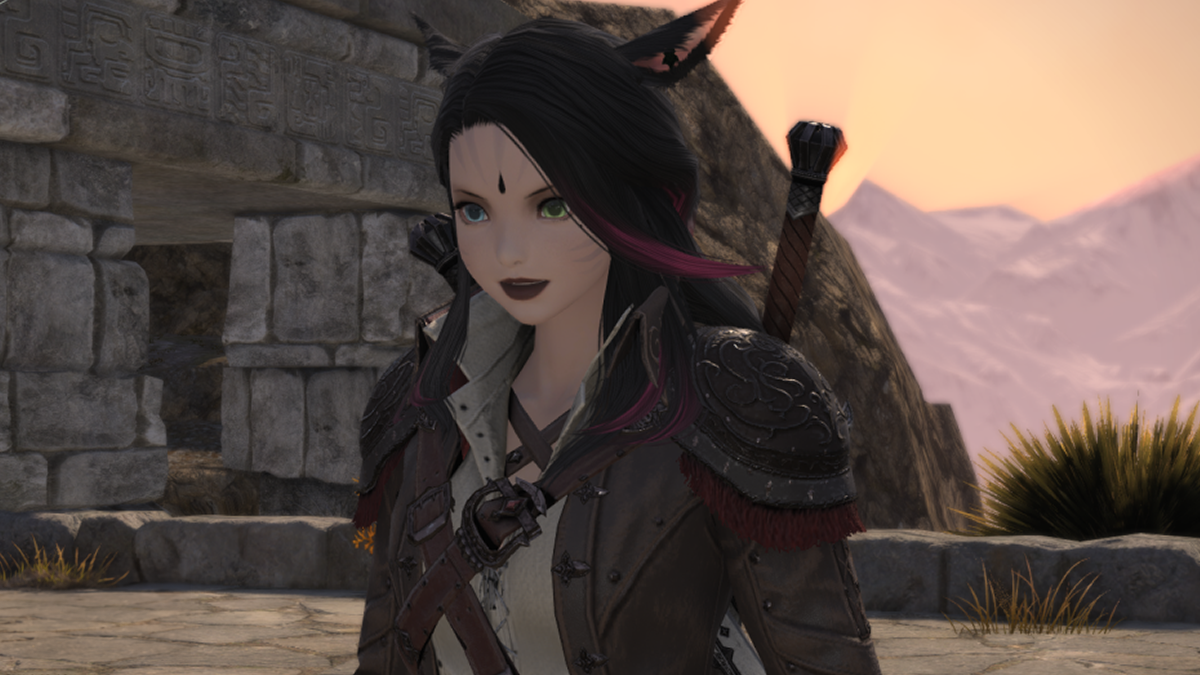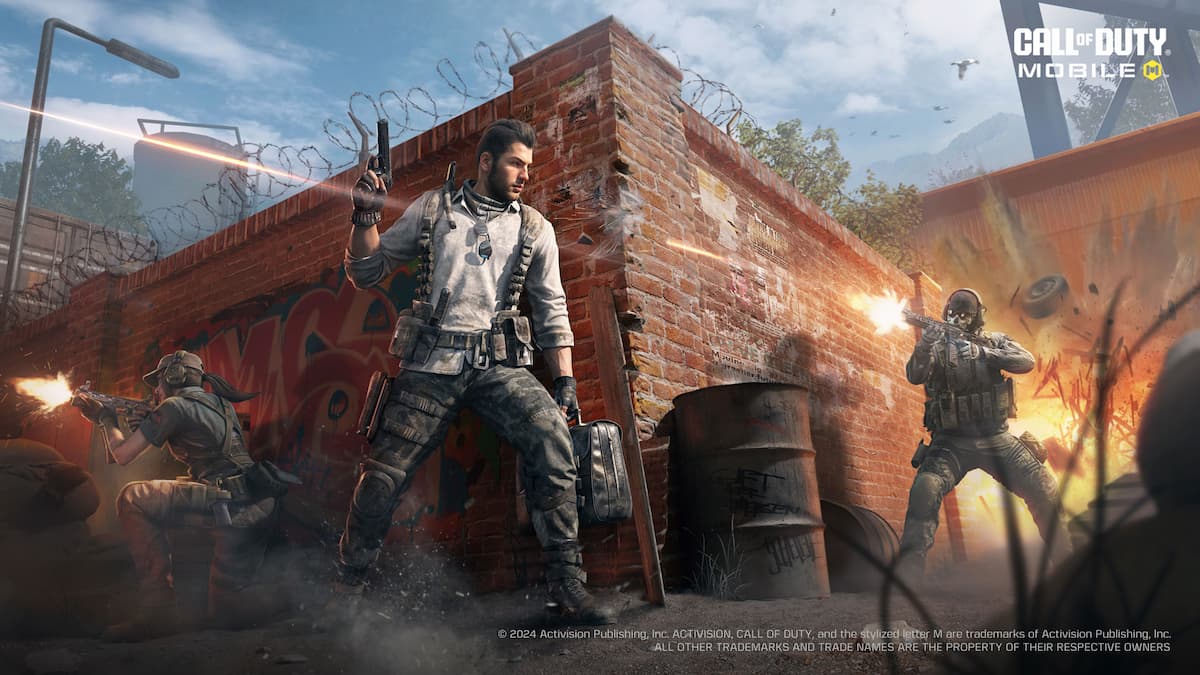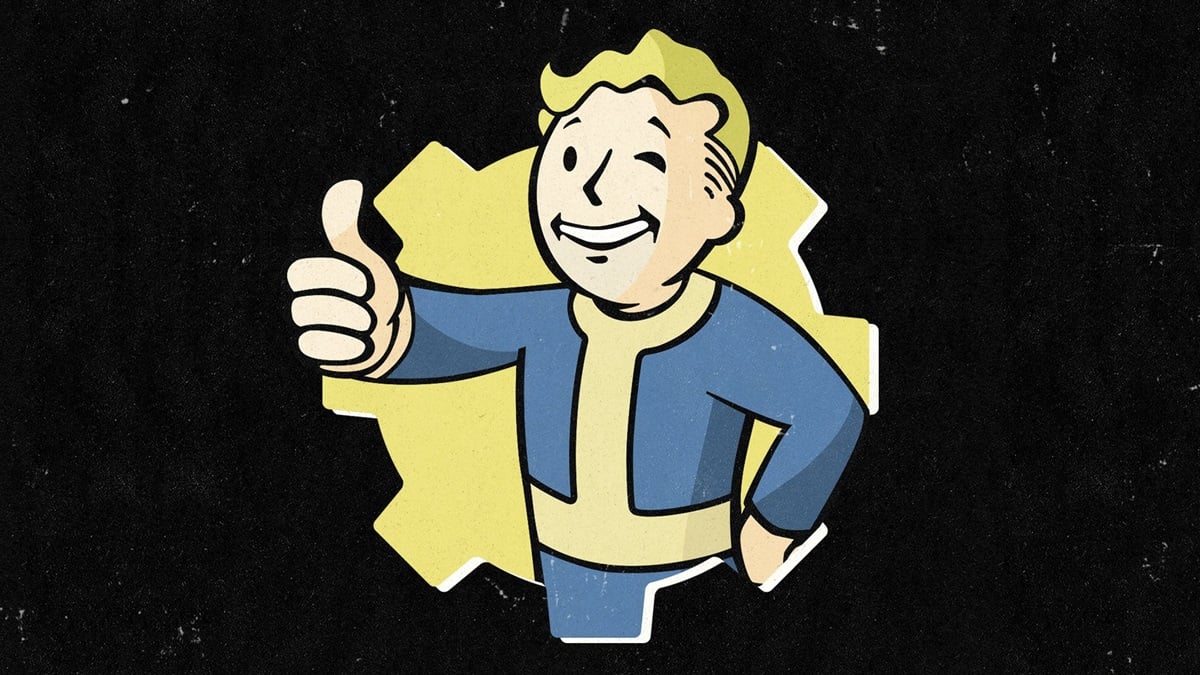Land of the Lost
You should probably know before reading this review that I consider Chrono Trigger one of the best games ever made, and Final Fantasy VI isn’t far behind it. There’s something about these late SNES Role-playing games that I can come back to again and again, and in my opinion they hold up pretty well, even if you weren’t around to experience them when they debuted.
Lost Sphear is a deliberate throwback to Square RPGs from the late SNES era, and it accomplishes the goal of evoking mid-90s games that came before while still managing to learn from the 20 years of game development that have happened in the meantime. The problem is, it borrows so much from the past that it doesn’t really innovate anything it can call its own.

Lost Sphear (PC, Switch, PS4 [Reviewed])
Developer: Tokyo RPG Factory
Publisher: Square Enix
Released: January 23, 2018
MSRP: $49.99
After the surprising success of Bravely Default in 2014, Square set up Tokyo RPG Factory as a separate division, devoted to making role-playing games in the style of the company’s “good old days” on the SNES and PlayStation. The first game to come from this new division was I Am Setsuna, a mid-length RPG which was mostly well-received. It did a good job of bringing 16-bit mechanics into the modern era, but was lightly criticized for a lack of diversity when it came to locations and scenarios. Players became bored by the fact that the entire game seemed to take place in a snowfield, and the visuals (though pretty) never changed all that much.
Lost Sphear doesn’t suffer from that particular issue. The developers may have taken the criticism that their previous game had too much white personally, and your main quest involves restoring color and vitality to “Lost” sections of the world. These are represented by impassible white sections on the map and in dungeons, and infusing them with memories lets your party pass through, or interact with, whatever you’ve managed to restore. By the end of the game there’s hardly any white to be found.
The visuals are quite nice, maintaining a slightly faded, pastel impressionist look throughout the game. The 3D models are simple, and it makes cutscenes feel sort of like a puppet show, but I kind of liked that about older RPGs. Your imagination fills in the gaps when actions are implied rather than explicit. There are pixel representations of each character in the menus that made me wonder what a fully 2D RPG from Square might look like today, but the 3D characters get the job done. The music’s quite pleasant as well, mostly low-key piano and percussion that helps give the game a somber, melancholy feeling.
The hero of the story is Kanata, a young man with the unique ability to restore Lost objects, as long as he can associate a strong memory with the person, place or thing that’s gone missing. Most of the loot you’ll recover from defeated monsters takes the form of different kinds of memories, and Kanata can also learn more about Lost items by reading about them, or talking to NPCs. The mechanic reminded me a bit of last year’s Coco, where people in the land of the dead began to fade away when the living no longer remembered them.

Kanata’s abilities soon attract the attention of the local government, and he’s asked to aid the empire as it attempts to discover the reason places and things become Lost. While he and his friends are happy to help, it’s not long before they begin to question the empire’s motives, as the party begins to learn more about the phenomenon they’re dealing with.
Lost Sphear‘s story is pretty simple, but I still found myself wanting to know what would happen next. I could see some of the plot elements approaching from a mile away, but I’m not sure if that’s due to my familiarity with the games Lost Sphear is aspiring to. The characters tend to align to tropes you’ve probably seen before, as do some of the scenarios.
As an example, in one section there’s a river of poison, a second-in-command acting against his own people for personal gain, and a noble enemy questioning their superior’s orders and their own convictions. You’d be forgiven for thinking I’m talking about Kefka and General Leo at Doma in Final Fantasy VI. There’s a fine line between evoking the past and ripping it off, and Lost Sphear does cross that line occasionally. Still, I enjoyed playing through the story and watching the different characters bounce off one another.

The meat of any RPG is the combat, and Lost Sphear delivers something closer to Chrono Trigger than anything I’ve played since 1996. Your four-character party uses the classic Active Time Battle system, taking turns using skills or attacking the monsters you’ll encounter in dungeons. Whenever it’s your turn, you can move around the battlefield freely to try and find the position which gives you the best strategic options. Each character has different range and attack patterns, and some moves can push monsters around the battlefield. Standard attacks don’t allow for combination moves, but a story-related upgrade to your party’s arsenal does eventually let you trigger Lost Sphear‘s version of Dual Techs and lay a hefty smackdown on any creatures foolish enough to stand in your way.
It’s immensely satisfying to wipe out a group of enemies before they have time to react, and you can get a free round of combat if you manage to sneak up on a group from behind, rather than charging in face-first. For some monsters, the hard part is trying to tell which side is their face and which is their butt! One other thing I appreciated is that there are no random encounters, and no combat of any kind on the overworld.

You can augment your combat abilities by restoring certain sections of the map and placing Artifacts; special buildings that provide a bonus in battles. These do things like boosting your critical hit percentage or increasing the rate at which you generate Momentum, a resource similar to Final Fantasy VII‘s limit breaks. You can spend Momentum to add extra damage or effects to your attacks, and killing an enemy with a Momentum attack can yield some extra goodies at the end of combat.
Weapons and armor can be powered up by adding a resource called “Spritnite”, but investing heavily on an early weapon rarely makes sense when a better version is just around the corner. I ended up augmenting my mid-range equipment part way through and then waiting for the endgame to really max out my gear. Equipping a character is simple, as each can only wear a single piece of armor and a character-specific weapon.

Spells and special attacks can’t be bought, but you can trade captured memories for them at special shops. Each of these abilities is tied to a specific character, and it’s an interesting way of gating progress without tying it to the character level. There’s a somewhat confusing system in place that lets you add bonus effects to your special attacks by using them frequently, but I didn’t find it necessary to proceed. The challenge level isn’t very high on the normal setting, so veterans or those who really want to dig into the systems and mechanics may want to bump it up to a harder difficulty.
The final way you can raise your stats is by crafting and consuming food. Sparkling ingredients can be found everywhere, then traded at inns for the towns’ specialty dishes. As you may have noticed, there are a lot of systems at play here, maybe more than the game really needs. If you really want to min/max everything there’s plenty to dive into, but casual players will probably be fine just whomping as many enemies as they can hit with their standard weapons and attacks.

There are several quality-of-life additions to the formula set down in those 16-bit RPGs. Dialogue in cutscenes can be run back in case you missed something important, and you have the option to speed up combat and remove animations if you just want to get through fights as quickly as possible. Every character you have access to receives experience points at the end of combat, regardless of whether they participated in the fight, or got knocked out before the battle ended. You have to save at save points, but these are plentiful and there’s a single quicksave slot you can return to at any time, in case you have to turn the game off in a hurry. This feature is particularly welcome for the Switch version. I imagine portability will help make the Switch the definitive platform for Lost Sphear since there don’t appear to be any changes from the PS4 or PC versions.
I had a few nitpicks, nothing especially grievous. Some of the dungeon mazes can be a little confusing, and I’d have appreciated a minimap like the one which can be unlocked for the overworld. Most towns are pretty simple, but this feature would have also been useful in the giant city you encounter early in the game. Further, I found that there’s no way to access the main menu once you’re in a game, so if you load the wrong save file by mistake, you have to close the game and re-launch it. Some of the plot-related dialogue felt overly explanatory, to the point I found myself telling the characters to get on with it already.

Lost Sphear is a colorful, charming game, and does a pretty good job of triggering the nostalgia folks like me have for SNES RPGs of their youth. It just doesn’t quite reach the heights of the titles it’s influenced by. There’s nothing wrong with it, but by trying to be everything to everybody, Lost Sphear becomes sort of a pastiche of other RPGs rather than something which will be remembered for its own merits.
I’ve certainly enjoyed my time with the game, and I think it’s worth playing. But I know deep down that in a few years I’m far more likely to replay Chrono Trigger for a twentieth time than I am to come back to Lost Sphear.
[This review is based on a retail copy of the game provided by the publisher.]



